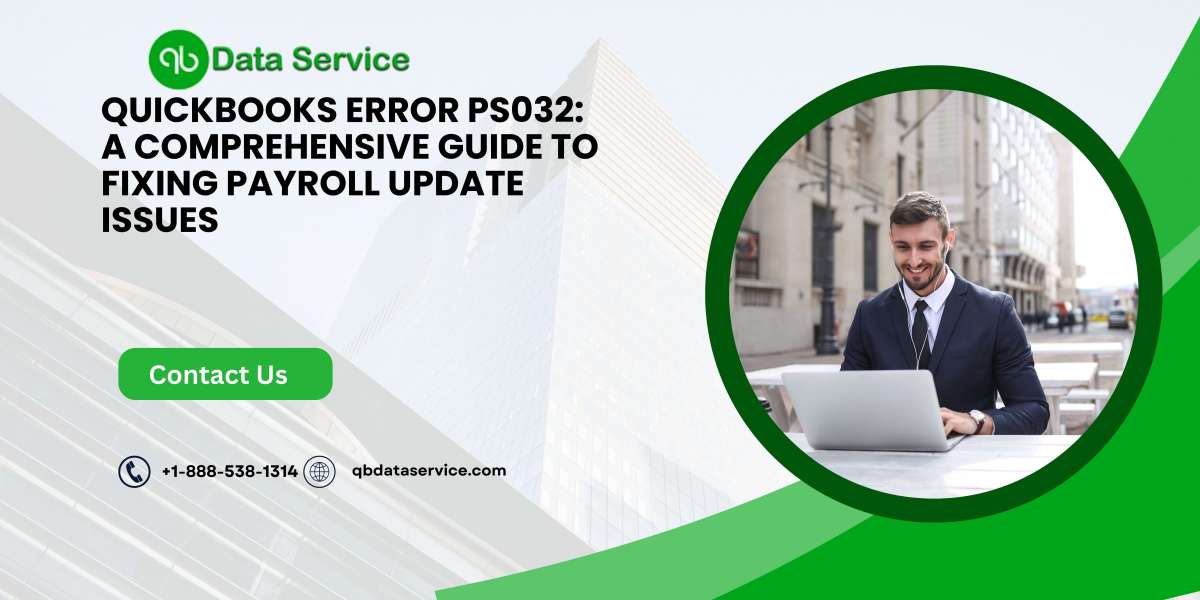The Essentials of Call Center Pricing
When it comes to choosing a call center service, understanding the pricing structure is essential. Let's break down the key components that influence call center pricing:
1. Service Type
The type of service you require significantly impacts the cost. Call centers offer various services, such as inbound, outbound, or a combination of both. Inbound call center services, focused on handling incoming customer inquiries, typically have different pricing than outbound services, which involve making calls to customers or prospects.
2. Call Volume
The volume of calls your business anticipates handling is a major determinant of pricing. Most call centers charge on a per-minute or per-call basis. Therefore, estimating your call volume accurately is crucial to budget effectively.
3. Service Level Agreement (SLA)
SLAs are agreements between your business and the call center, outlining the level of service you expect. Factors like response time, call resolution, and customer satisfaction levels can affect pricing. A more stringent SLA may come at a higher cost.
4. Technology and Infrastructure
The technology and infrastructure employed by the call center can impact pricing. Modern call centers equipped with advanced software and communication tools may charge more for their services. However, these investments often result in better customer experiences.
5. Additional Features
Many call centers offer additional features such as multilingual support, 24/7 availability, or CRM integration. These add-ons can enhance your customer service capabilities but may come with extra costs.
Strategies to Optimize Call Center Costs
Now that we've covered the basics of call center pricing, let's explore some strategies to optimize your expenses while still delivering exceptional customer service:
1. Forecast Call Volume
Accurate forecasting of call volume allows you to plan your budget effectively. It helps you avoid overpaying for unused resources or understaffing during peak call times.
2. Review and Adjust SLAs
Regularly review your SLAs with the call center provider. Adjust them based on your evolving business needs. By ensuring that your SLAs align with your goals, you can maximize the value of your investment.
3. Explore Technology Options
Consider the technological capabilities of the call center. Invest in technologies that enhance efficiency and customer satisfaction. Automation and AI-driven solutions can help reduce costs while improving service quality.
4. Evaluate Additional Features
While additional features can be valuable, assess whether they are genuinely necessary for your business. Only invest in those that align with your customer service strategy and add measurable value.
In conclusion, understanding call center pricing is vital for making informed decisions about your customer service strategy. By considering the service type, call volume, SLA, technology, and additional features, you can create a cost-effective approach that delivers outstanding customer experiences.
To succeed in the competitive business landscape, a well-structured call center that offers value for money is essential. So, whether you're a growing startup or an established enterprise, mastering call center pricing will undoubtedly put you ahead of the game.








